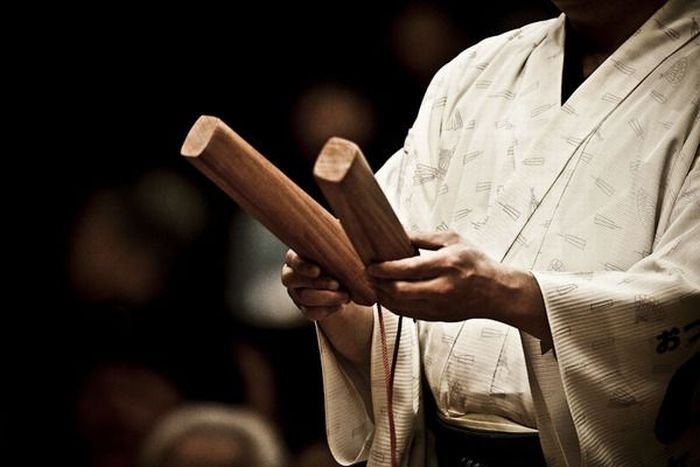|
|
Sumo Wrestling
|
Sumo wrestling is a strict hierarchy based on sporting merit. The wrestlers are ranked according to a system that dates back hundreds of years, to the Edo period. Wrestlers are promoted or demoted according to their performance in six official tournaments held throughout the year. A carefully prepared banzuke listing the full hierarchy is published two weeks prior to each sumo tournament.
• Sumo divisions
There are six divisions in sumo: makuuchi (maximum 42 wrestlers), jūryō (fixed at 28 wrestlers), makushita (fixed at 120 wrestlers), sandanme (fixed at 200 wrestlers), jonidan (approximately 230 wrestlers), and jonokuchi (approximately 80 wrestlers). Wrestlers enter sumo in the lowest jonokuchi division and, ability permitting, work their way up to the top division. Wrestlers in the top two divisions are known as sekitori, while lower division wrestlers are generally referred to by the generic term for wrestlers, rikishi.
The topmost makuuchi division receives the most attention from fans and has the most complex hierarchy. The majority of wrestlers are maegashira and are numbered from one (at the top) down to about sixteen or seventeen. Above the maegashira are the three champion or titleholder ranks, called the sanyaku. These are, in ascending order, komusubi, sekiwake, and ōzeki. At the pinnacle of the ranking system is the rank of yokozuna.
|
|









